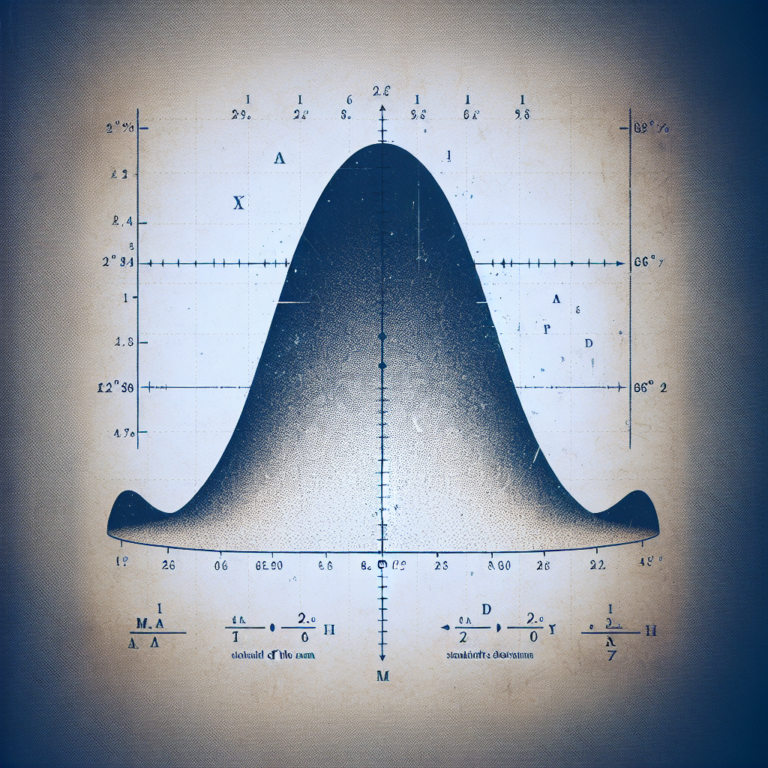Poisson distribution is a crucial concept in statistics that is widely used in various fields, including medical research. At StatisMed, we provide statistical analysis services to medical professionals, helping them make informed decisions based on data analysis. In this guide, we will delve into the intricacies of Poisson distribution, explaining its importance and how it can be used in medical research.
What is Poisson Distribution?
Poisson distribution is a probability distribution that describes the number of events occurring in a fixed interval of time or space. It is named after the French mathematician Siméon Denis Poisson and is characterized by the following properties:
- Events occur at a constant rate.
- Events are independent of each other.
- The probability of more than one event occurring in a very short interval is negligible.
Applications of Poisson Distribution in Medical Research
In medical research, Poisson distribution is commonly used to analyze rare events such as the number of patient arrivals in an emergency department within a specific timeframe, the incidence of a particular disease in a population, or the number of adverse reactions to a medication. By understanding the distribution of these events, medical professionals can make informed decisions about patient care and treatment strategies.
Parameters of Poisson Distribution
The Poisson distribution is characterized by a single parameter, λ (lambda), which represents the average rate of event occurrences in the interval of interest. The probability mass function of the Poisson distribution is given by the formula:
P(x; λ) = (e^-λ λ^x) / x!*
where x is the number of events, e is the base of the natural logarithm, and x! denotes the factorial of x.
How to Use Poisson Distribution in Medical Research
To use Poisson distribution in medical research, medical professionals must first identify the relevant events to be analyzed, such as patient arrivals, disease incidences, or adverse reactions. They then calculate the average rate of these events occurring in the specified interval. By applying the Poisson probability mass function, they can estimate the probability of different event counts and make informed decisions based on the analysis.
Conclusion
In conclusion, Poisson distribution plays a vital role in medical research by helping medical professionals analyze and understand the occurrence of rare events. By utilizing the principles of Poisson distribution, medical professionals can make informed decisions about patient care, treatment strategies, and public health interventions. At StatisMed, we are dedicated to providing statistical analysis services to medical professionals, empowering them to make data-driven decisions for optimal patient outcomes. If you require statistical analysis services for your medical research, please contact us or request a quote today.
[ad_2]




